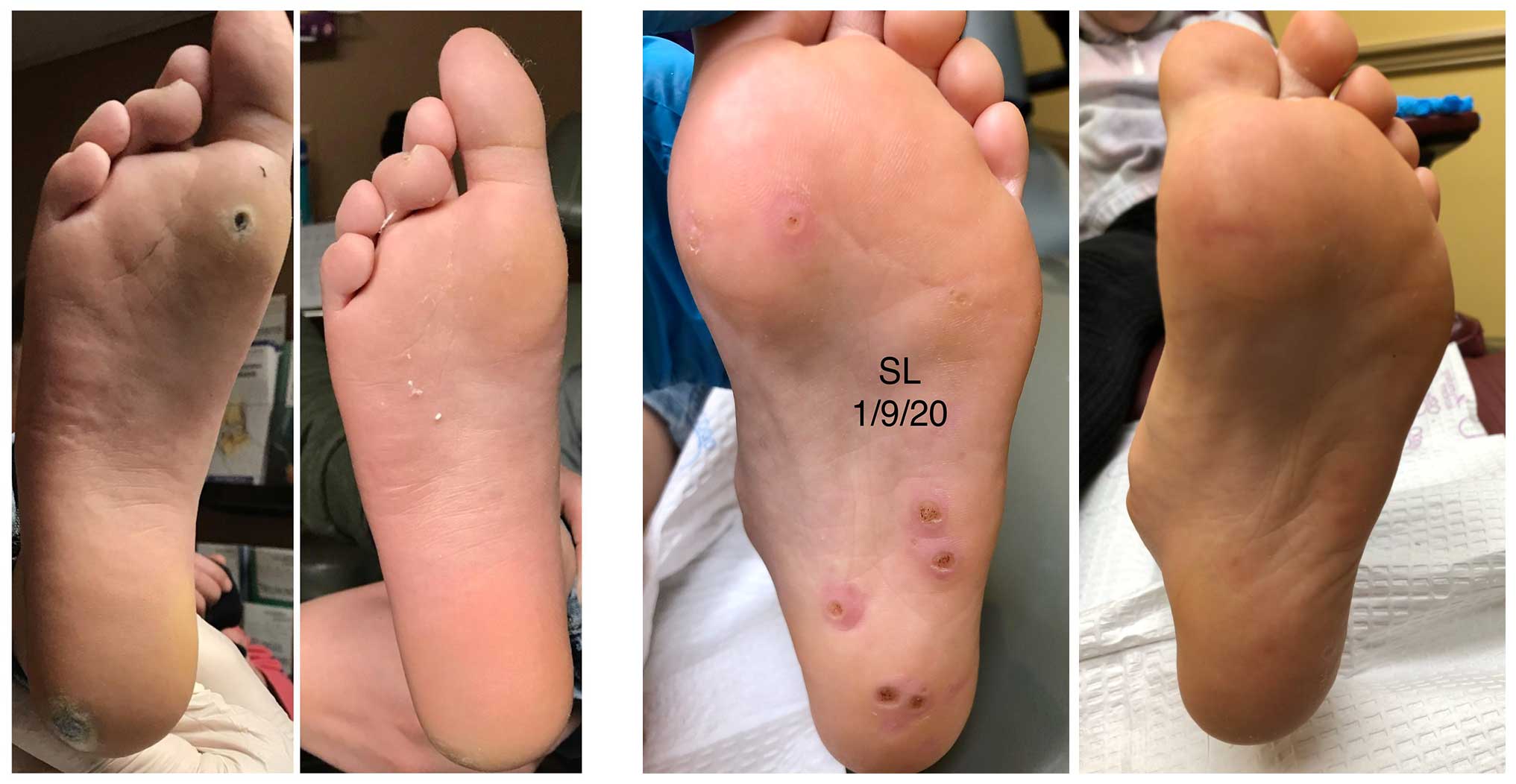The Root of a Wart: What you Need to Know
Warts are an unsightly nuisance which have the ability to cause physical discomfort and stress. But did you know that a wart is actually caused by specific types of viruses? More importantly, do you understand the science behind how these viruses work in order to cause warts on your skin? This blog post will be providing an overview about the root of a wart – breaking down exactly what happens at a cellular level when we contract them. Through exploring this workflow background information, readers can hope to learn more about preventing future outbreaks as well as potential treatments for existing ones.

The Root of a Wart
What is a wart and what causes them to form
Warts are noncancerous growths that typically appear on the skin of the hands and feet, but can also form in other areas of the body. They are caused by the human papillomavirus, or HPV, which can enter the body through tiny cuts or abrasions on the skin. Once inside, the virus triggers an overgrowth of cells in the top layer of the skin, resulting in the formation of a wart. While warts are generally harmless and often clear up on their own over time, they can be unsightly and uncomfortable. It is important to note that warts are contagious and can be spread to others through skin-to-skin contact or by touching contaminated surfaces, such as towels or shoes. Proper hygiene and avoiding contact with people who have warts can help prevent their spread.
How warts spread and why they appear in clusters
Warts are common viral infections caused by human papillomavirus (HPV). They can appear on various parts of the body and are known to spread easily from one person to another through skin-to-skin contact. However, warts are more likely to appear in clusters, indicating that they not only spread easily but also tend to multiply within the same individual. This is because the virus tends to thrive in warm and moist environments, making areas such as the soles of the feet, fingers, and genitals a perfect breeding ground. As a professional, it is essential to educate ourselves on this topic so that we can help prevent the spread of warts and ensure our clients receive the best treatment possible.
Different types of warts, including common warts, plantar warts, and flat warts
Warts can be a nuisance and while we often think of them as a minor inconvenience, there are different types to be aware of. The common wart, also known as a verruca vulgaris, is often found on the hands and fingers and has a rough and grainy appearance. Plantar warts, on the other hand, are located on the soles of the feet and can be quite painful to walk on. Flat warts are much smaller and smoother than common warts, and are often found on the face and legs. While warts are usually harmless, they can be contagious and spread from person to person. It’s important to take precautions and practice good hygiene habits to prevent the spread of warts.
Treatments to remove or manage existing warts
There are numerous treatments that can successfully remove or manage existing warts, and it’s important to work with a healthcare professional to determine which approach is best for your unique situation. Some possible treatments may include topical medications, cryotherapy (freezing), laser therapy, or surgery. Each option has its own set of benefits and potential risks, so your healthcare provider will need to consider factors such as the size and location of your warts, your medical history, and your personal preferences or goals. With the right treatment plan, however, it’s possible to effectively address existing warts and reduce the risk of them returning in the future.
The importance of seeing a doctor if you have an abnormal wart or suspect one
It is crucial to seek medical attention if you notice any abnormalities in your skin, particularly when it comes to warts. While some may appear harmless, certain types of warts can be indicators of serious health conditions. Whether you have a suspicious wart or are uncertain about a preexisting one, consulting with a doctor can provide invaluable insight into the potential causes and appropriate treatment options. Waiting or attempting to self-diagnose can lead to worsened symptoms and potentially more severe health complications. Remember, early detection and treatment are key to maintaining optimal health and preventing health issues from escalating.

Root of a Wart
Flagstaff Foot Doctors: Anthony Rosales DPM
https://www.google.com/maps?cid=8835841318590452161
421 N Humphreys St, Flagstaff, AZ 86001, United States
(928) 774-4825
https://flagstafffootandankle.com/
